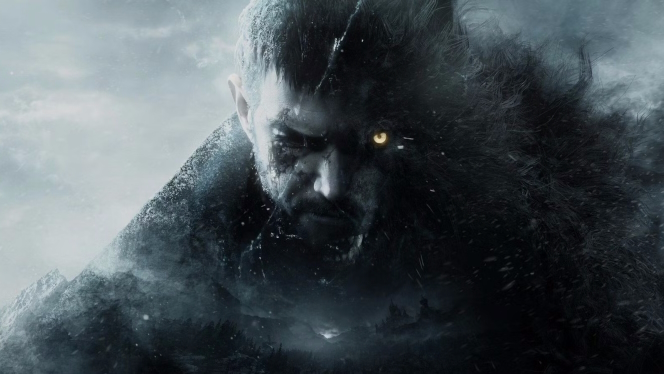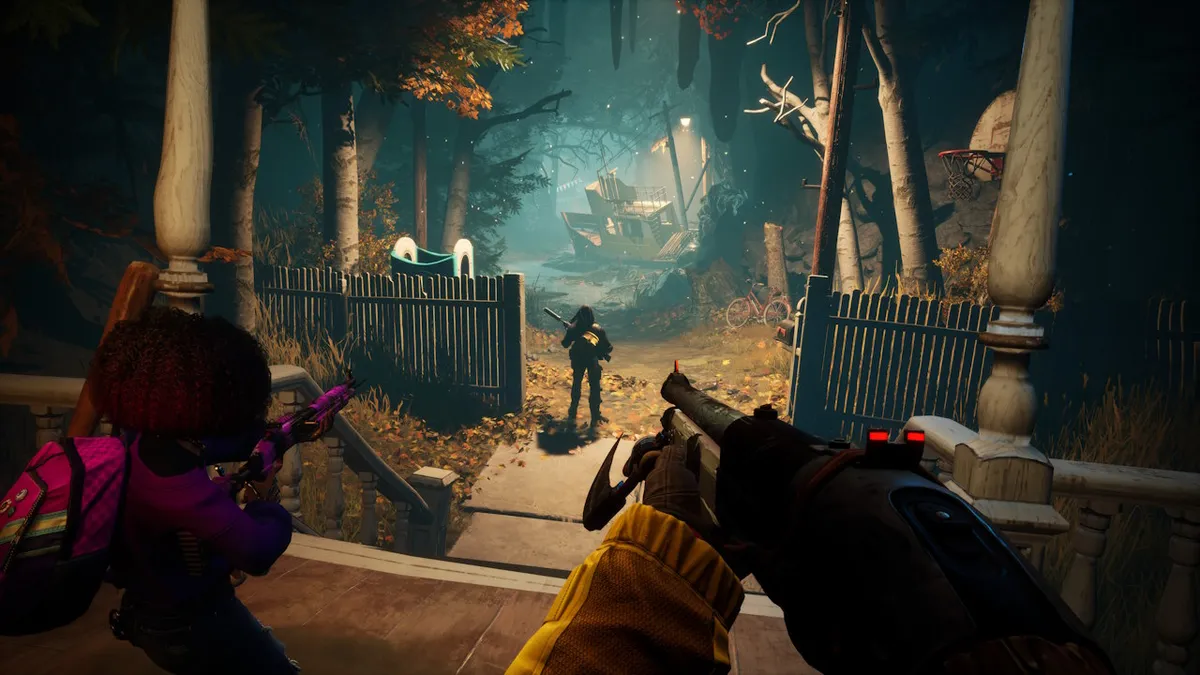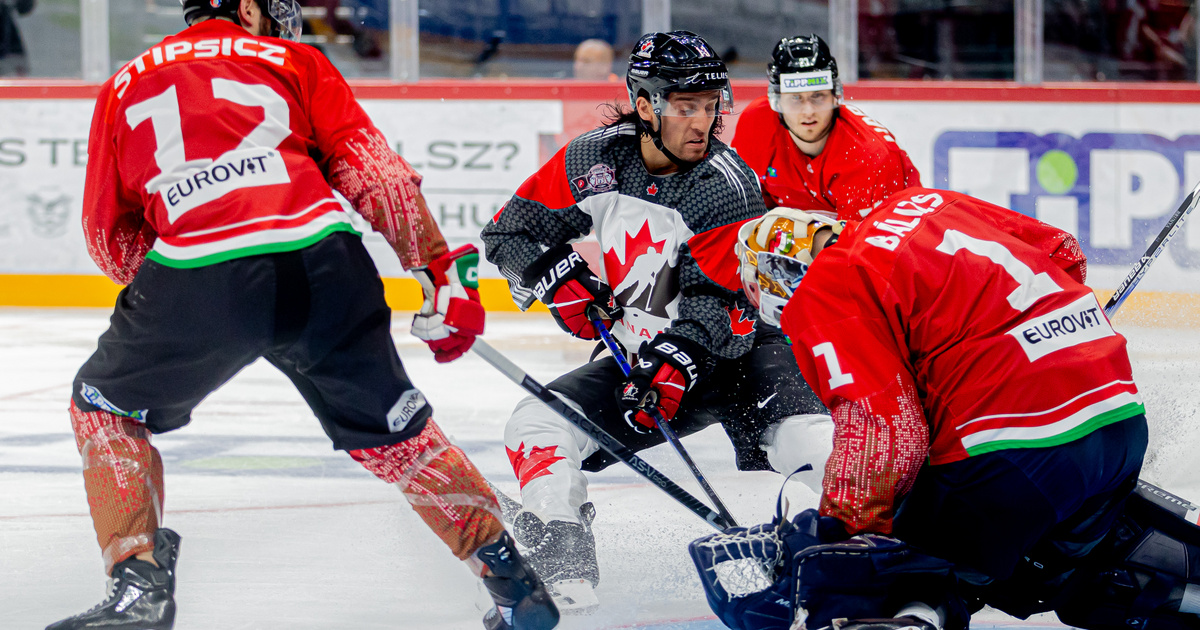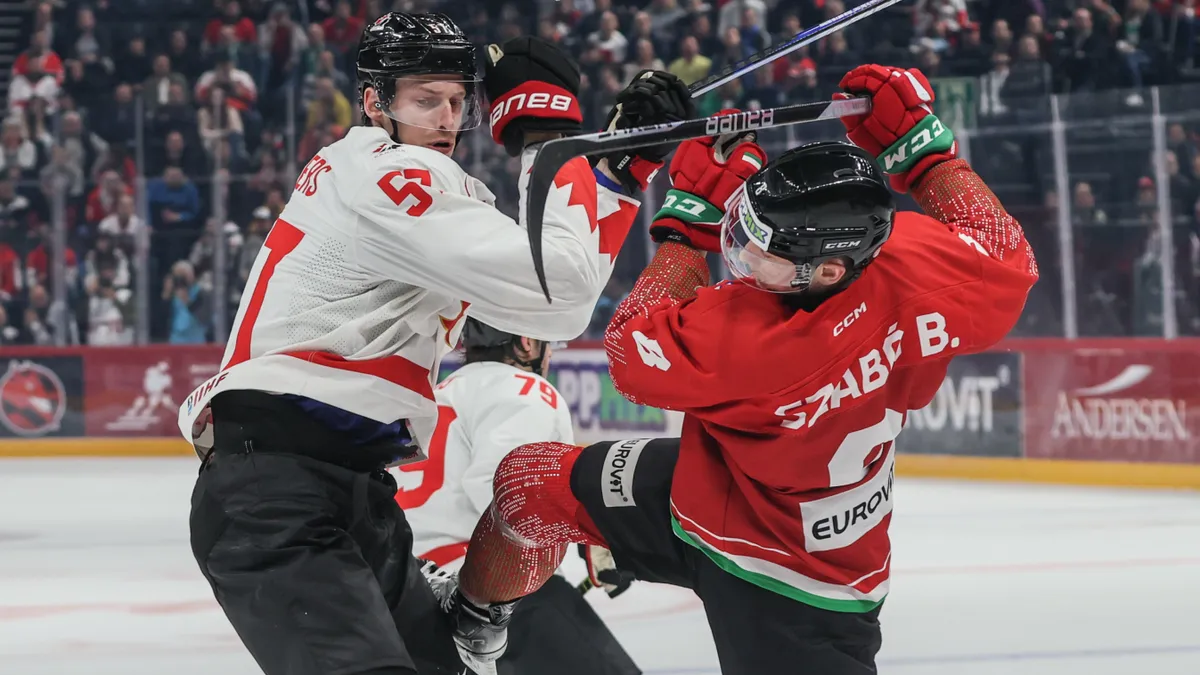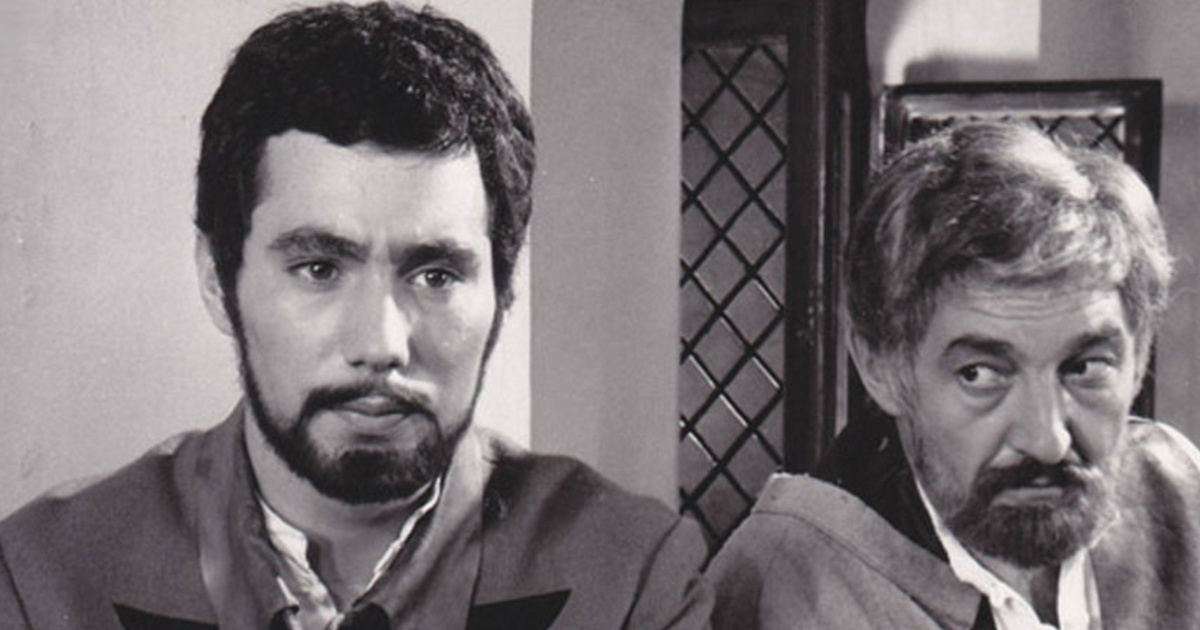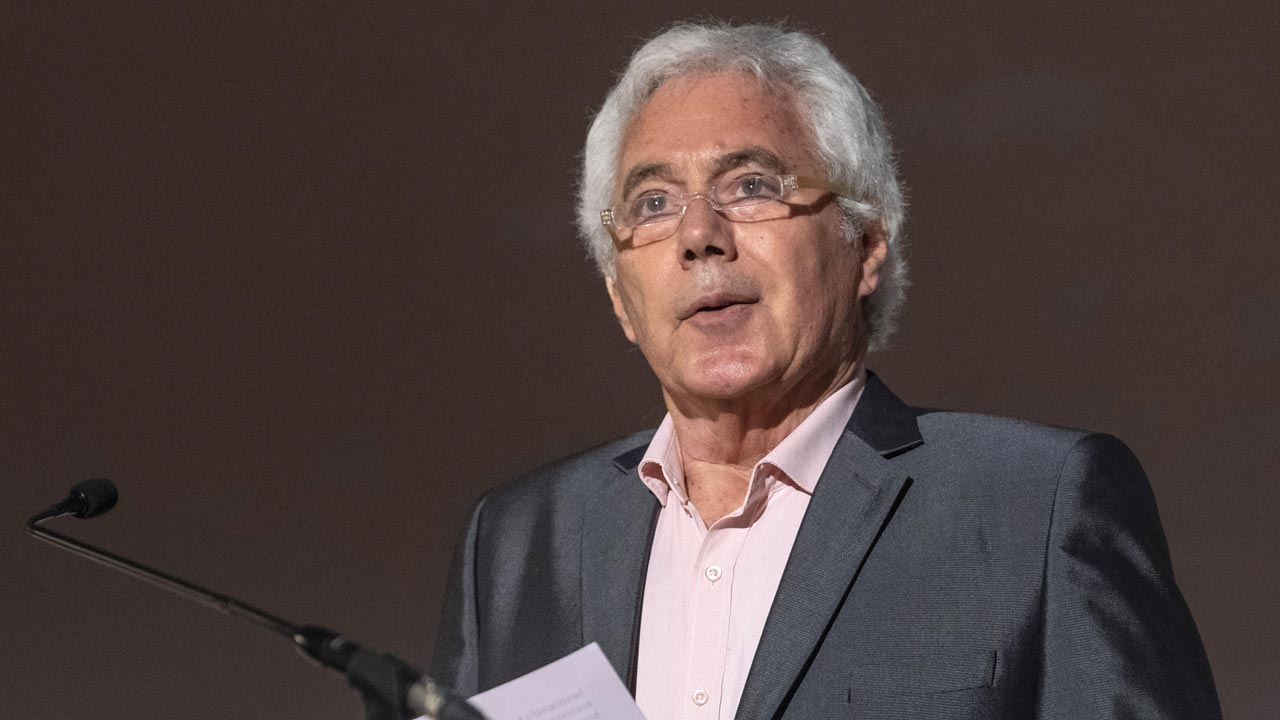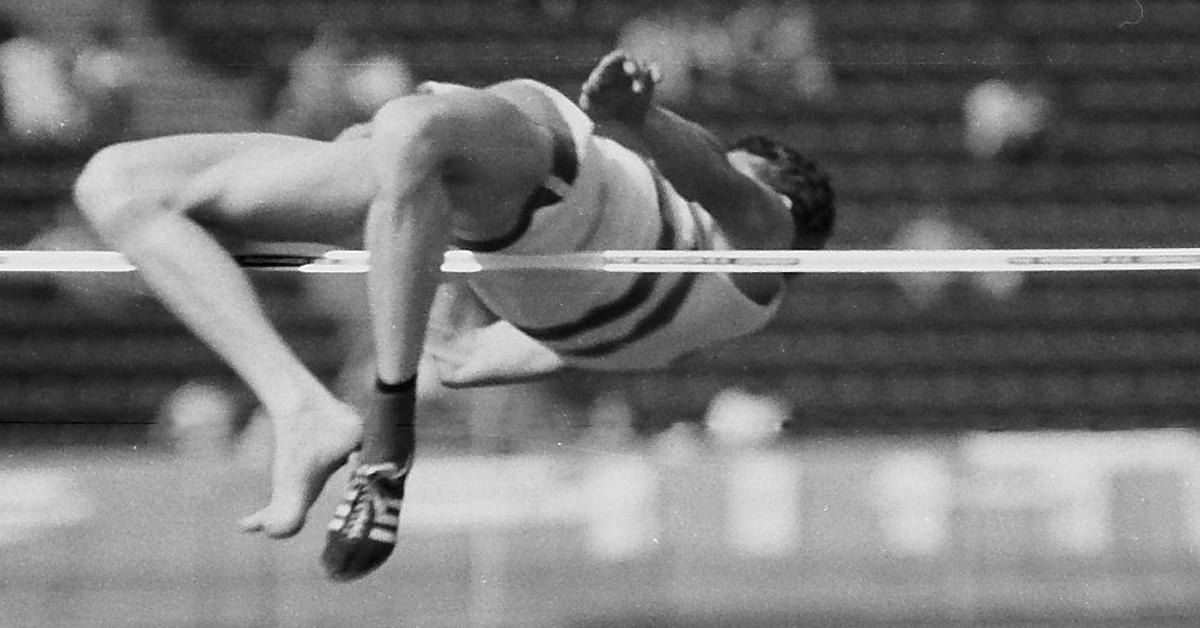The best Hungarian high jump player of all time, István Major, who later immigrated to Canada, was born seventy years earlier and made his first successful application of the revolutionary Fosbury technique in Europe in the 1970s, but did not succumb to competition half-bare feet due to his new jumping style.
| István Major jumped in a special style: he crossed the bar with a single version of the Forsbury flop, with shoes pointed on his bouncy leg, without shoes on his swinging leg (Photos: Gábor Katona) |
He had an Olympic medal in him, everyone knows that, he himself.
ad
In the 1970s, Istvan Major was one of the leading figures in the outstanding Hungarian generation internationally acclaimed in the high jump, the first generation in Europe to successfully adopt the style in which American Dick Fosbury won gold at the 1968 Mexico City Olympics and revolutionized the competition.
| born: May 20, 1949, Budapest deceased: May 5, 2014, Toronto, Canada Sports: Athletics Event Number: Magasugras Custom climax: 224 km (1972) Clubs: BP Honved (1966-1981) Volan SC (1981-1982) Best results: 3x European Indoor Championships (1971, 1972, 1973), silver medal in the European Indoor Championships (1974), Sixth Olympic (1972), 2x Fourth European Championship (1971, 1974), two university silver medals (1973, 1975), 4 Hungarian outdoor champion times (1973, 1976, 1977, 1978), 2x Hungarian indoor futsal champion (1977, 1978), 6x Hungarian national team champion (1969, 1970, 1971, 1973, 1974, 1975), 3x Hungarian athlete of the year in Hungary (1971, 1973, 1974) |
Today, everyone jumps with the Fosbury flip that was introduced in 1968, but at that time it wasn’t easy to switch from the Hasman style to a different form of movement, not least because the new technique had to be practiced for years before it became automatic, especially if he wanted to. One overcome it. With him the world. Instead, because in the late 1960s and early 1970s, not the least of which was the absence of a series of sports competitions on the Internet or live broadcasts, little information leaked across the Iron Curtain between the Eastern and Western blocs. However, Istvan Major’s imagination was so captivated by the news of the new technology that he and his coach, Sándor Noszály, watched the TV broadcast of the 1968 Olympics persistently, and when the man jumped high, Major picked up his camera and clicked hard on the Fosbury jump. Using the images obtained, he tried to learn the method of the American mathematician.
Main – Technica
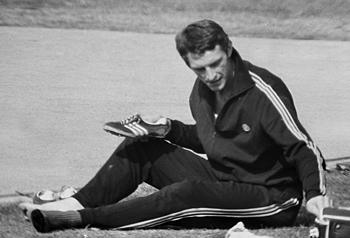
At the time, some high jumpers competed in half-shoe shoes, as jumping shoes were designed like this primarily – only specially designed high-heeled shoes were pulled onto the jumping foot. Although the Budapest athlete Honved was an eccentric character, he planned his jumps meticulously and consciously, so – which is no longer common – he just pulled a nail on the bird’s leg, nothing on the other so as not to carry extra weight on it. He missed this from his coach: Sándor Noszály was also a great high jump player, he was the first Hungarian to cross 210 Centin, won the national championships four times in the 1960s, and was 13th at the 1960 Rome Olympics (his two children, Sndor and Andrea, became tennis players Excellent). Half-footed jumping wasn’t popular around the world either, but Major’s results confirmed this.
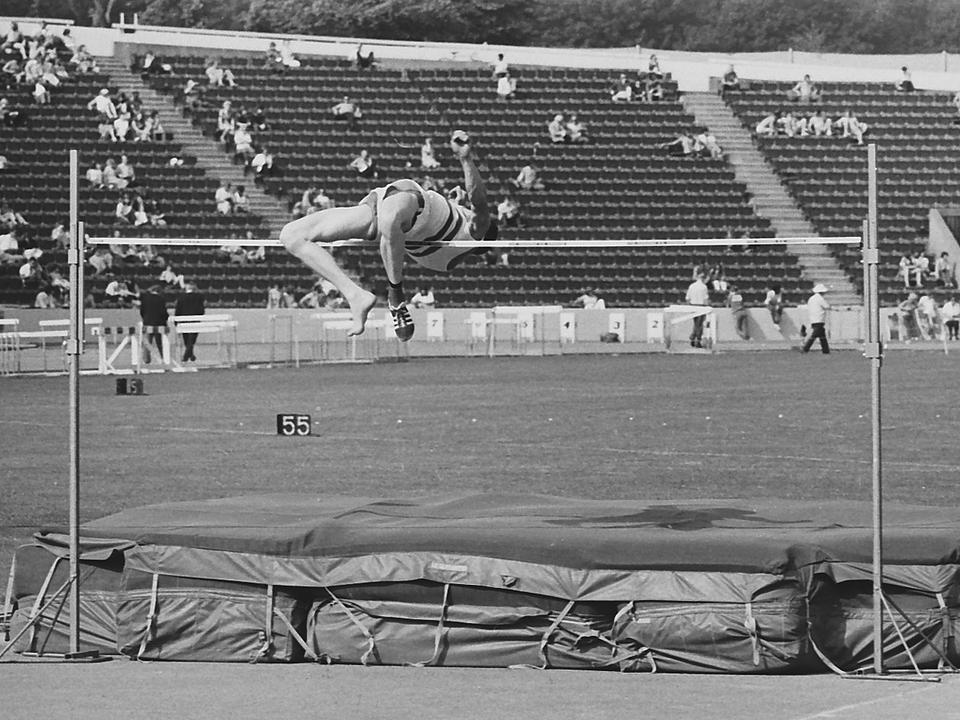
One nail is not enough
| Perhaps István Major seemed to be whimsical, a little bohemian to the outside observer. However, behind this indolence was sheer perseverance and diligence, which was exacerbated by the fact that the Hungarian high jump generation at that time produced many competitors who not only competed with each other, but encouraged each other as well. “While I was training, for example, a hundred and fifty without weight, my Beast weighed a thousand. And if he missed a series, he would wake up at midnight and make up for it. His biggest competitor, Andre Clemen, said,“ It’s not easy to compete against such a person, ” Citing the reasons for the success of his rival and friend.In István Major, talent met diligence, which made him surpass his contemporaries. |
In addition to domestic competitors such as Andrei Keleman, Odam Cebisi, Joseph Tihany and Istvan Zelis, he won the national championship six times in his first European Open-Air Championship in Athens in 1969, finishing fifth at the age of 21 with 214 cm, the second best result. He was in the race, and the Soviet Valentin Gavrilov won 217.
Two years later in Sofia, he became the first European champion in the inner court of Hungary with a score of 217 cm, and a year later he defended his title in Grenoble (224 cm) and a year later in Rotterdam (220 cm). Since then, he was the only continental champion of three times in Hungarian Athletics, and if he had won the Indoor Futsal Championship at that time, he would almost certainly win a medal. He has been in the Hungarian national team for ten years and has been named Athlete of the Year three times, and at this point the question arises: What about the Olympic Games?
Istvan Major played twice in five-episode matches, sixth in Munich in 1972 and twenty-fourth in Montreal in 1976. His chances of winning the Olympic medal were in 1972, but it fell on the West German city during the race, and Major’s performance was mainly affected by the weather conditions. . (He only spread his arms out and looked at the sporting leaders seated in the stands that unfortunately this wouldn’t be his race …) Usually the rain was not an excuse, as all the 19 jumpers competed in similar conditions in Munich, but they could be used safely on the indoor track. At what time. Hitting barefoot style – at the worst possible time.
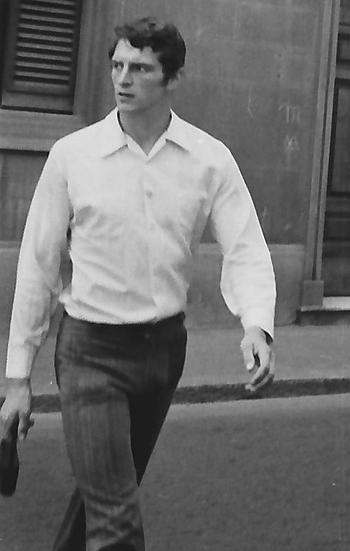
New life in Canada
He finished playing sports after ten years and then immigrated to Canada. Although he worked as a coach at York University in Toronto, he couldn’t stop racing either, winning the veteran European over 40s championship by 207 cents in 1990 and setting a Canadian record for the 185-year-old jump by 185 cents. He wanted to move to his home in Hungary for a long time, but since his three sons, sons and daughters also studied abroad and started his life, he eventually abandoned this plan. He last visited his home in 2013.
Five years ago, on a spring morning, he embarked on a three-day jungle tour with his son, and as they were walking, he suddenly cried out: I’m fainting! Major Nimrod told Digi Sport that his father had collapsed on the forest path and died, and although he tried to revive him, he no longer knew. István Major, the legendary character of Hungarian Athletics, left the ranks of the biology on May 5, 2014, at the age of 64, with tragic surprise.
|
Ahead of the traditional Honvéd Cup, on June 21, 2019, a commemorative plaque in memory of István Major, who was born seventy years earlier, was unveiled in the athletics track Memorial Park on Budapest Honvéd Tüzér Street. The creator of the work is the sculptor Giorgi Farhelli, who was once a club athlete. But not only did they mark the memory with a plaque, they also planted a tree in memory of the club’s legendary high jump, which was placed in the ground next to the memorial plaque and the tree of world-famous runners, Sandor Iharos and Istvan Rozavolje. 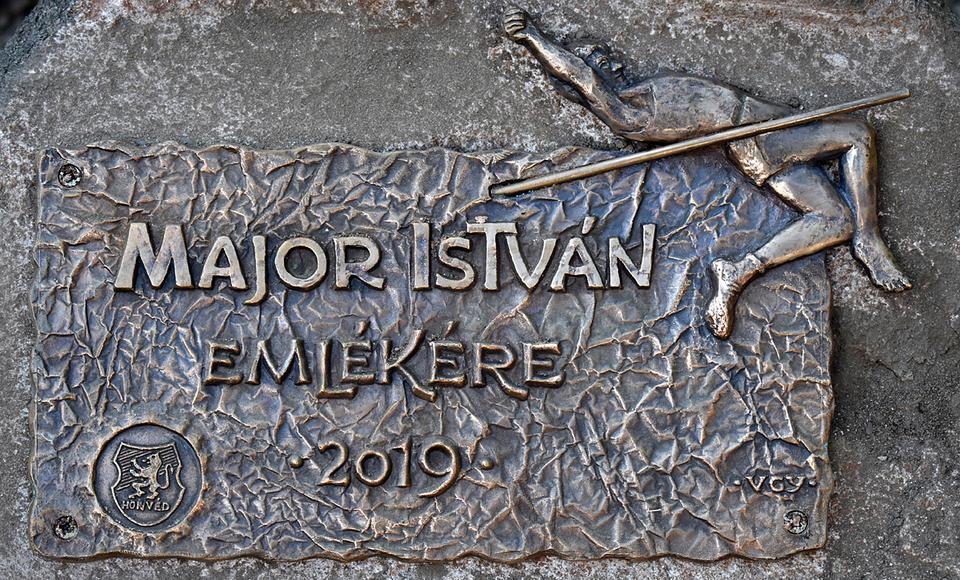 |
(The article appeared in the Saturday issue of Al-Watania Sports, Al-Irshad, July 20, 2019).




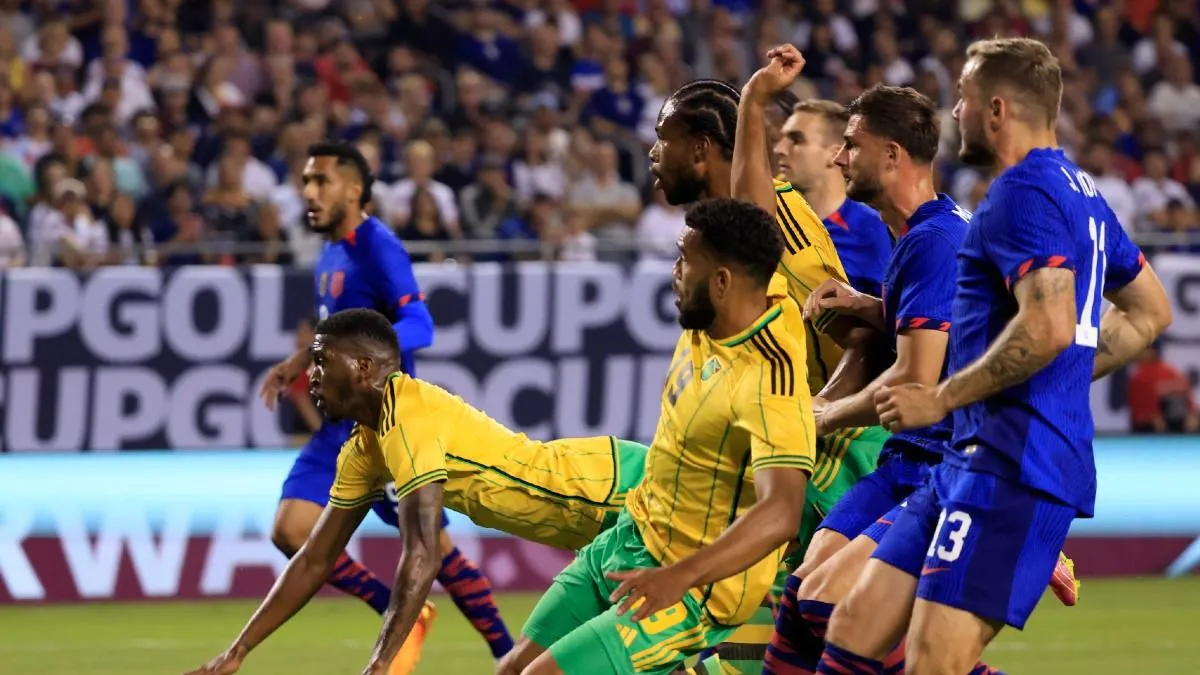
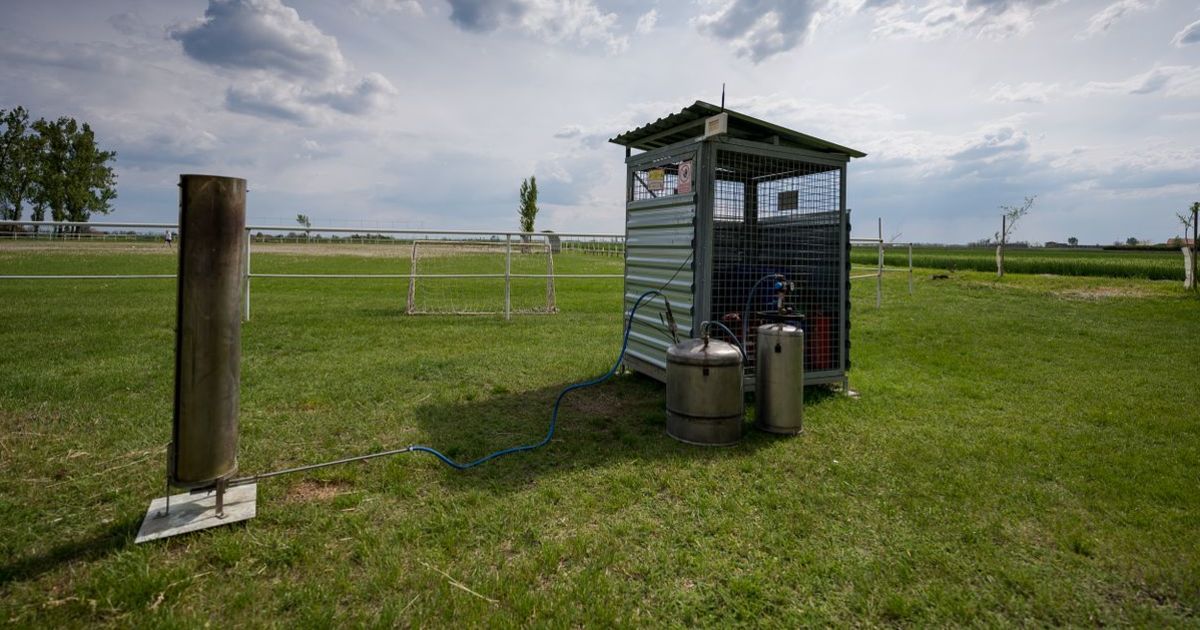



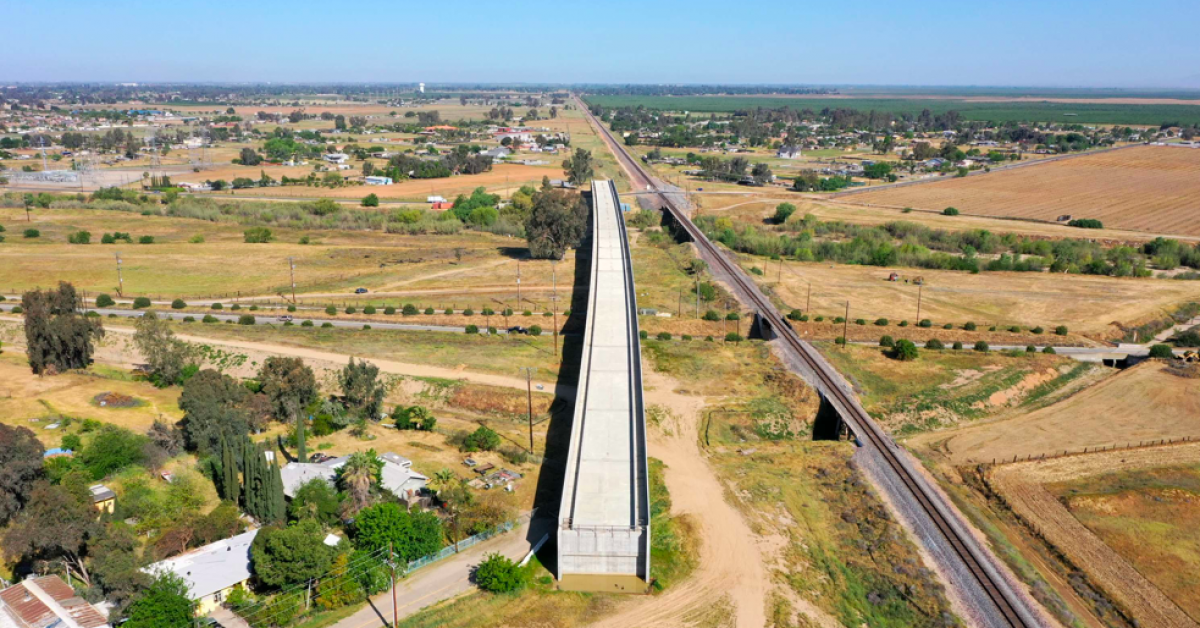







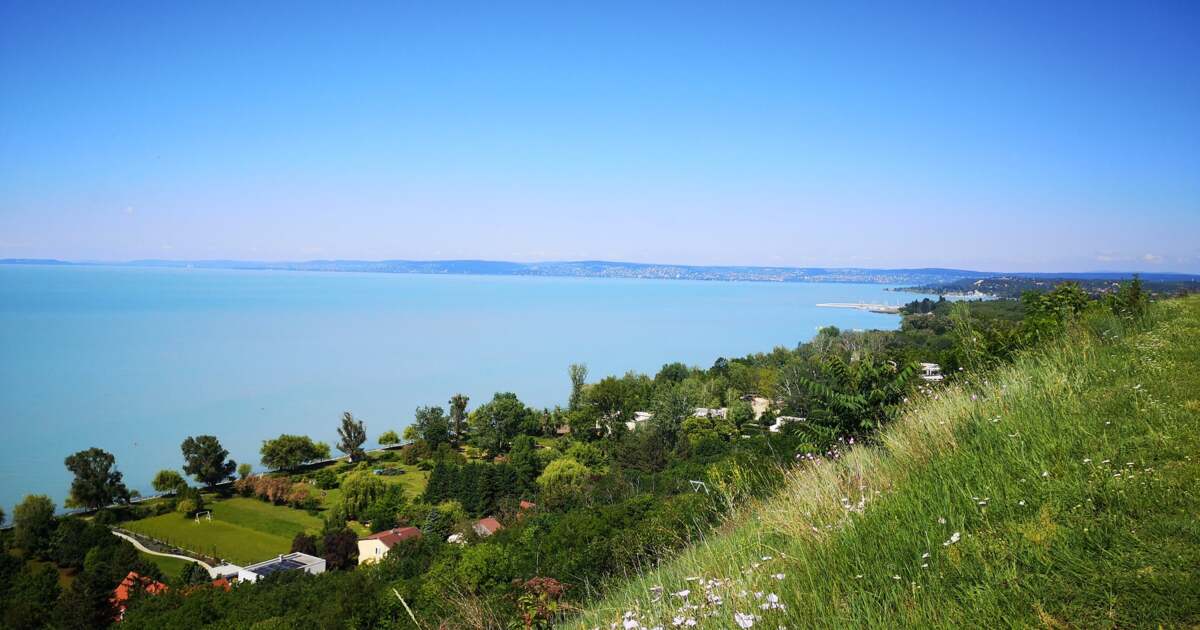


![It actually has great animation [VIDEO]](https://thegeek.hu/wp-content/uploads/sites/2/2024/05/thegeek-Kingdom-Come-Deliverance-2-1.jpg)
